Health-care facility designer Melissa Sprau, her dentist husband and their kids take on weekends in a cult-classic 1976 GMC Motorhome.
THERE ARE EASIER WAYS to pack up the family and hit the road than in a rolling slab of chrome, steel and the finest 1970s plastic that, by human standards, has hit middle age. Then again, this isn’t just any old vehicle. The GMC Motorhome redefined expectations when it first hit the streets, looking and driving nothing like the uninspired RVs it shared America’s highways with.
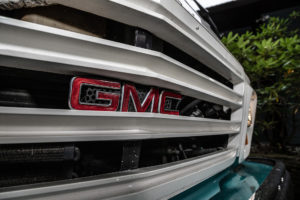
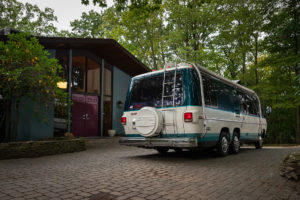
Sprau’s personal connection to her GMC Motorhome dates to childhood. “My grandfather bought one that was well-used by that point and needed a lot of work,” she recalls. “This is pre-internet, so he joined the GMC Colonial Travelers, an owners’ group, to share restoration advice. He became good friends with fellow member and GMC Motorhomes international historian Bill Bryant. I remember playing in Bill’s Motorhome as a little girl during club trips and get-togethers.”
The Motorhome reminds us that the travel itself is the entertainment: seeing the country, meeting new people, reconnecting with nature and each other.”
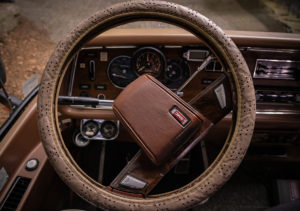
THAT ’70s SHOW: Plenty of brown leather, old-timey instrument gauges and, er, “electro-level” readings for that vintage Carter Administration feeling
Fast-forward two decades, and that exact vehicle came up for sale. “Bill was somewhat reluctant to let it go,” Sprau says. “He wanted to sell, but only to a good home. He remembered my grandfather and me. I told him that the Motorhome helped ignite my passion for design. I assured him that I feel responsibility as a steward and protector of history. Plus I wanted to create the same memories with my kids that I had with my grandfather. That made him comfortable enough to pass it on to our family.”
The Motorhome reminds us that the travel itself is the entertainment: seeing the country, meeting new people, reconnecting with nature and each other.”
The previous owner, an engineer, was able to restore and then properly maintain the Motorhome’s major components. That was important, Sprau says, because neither she nor her husband is mechanically inclined. One area that did need work, however, was the interior—her specialty.
The GMC Motorhome was available in several themes and floor plans, some of which were better suited to bachelor parties than family vacations. The Spraus’ GMC occupied the former category. “The interior had too many alterations to restore to original condition, so we opted to do an update that respected the original design,” Sprau says. “We found someone who had an original GMC dinette set from a different-model floor plan, so we bought it and had it restored and relaminated.”
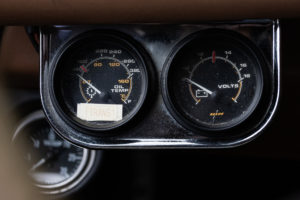
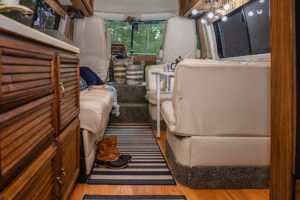
BICENTENNIAL CHIC: Because the GMC’s interior wasn’t salvageable, Sprau opted for carefully chosen updates that respected the original design.
By tenth grade, Sprau knew for certain she wanted a life and career steeped in design. She attended Moore College of Art & Design in Philadelphia, where one of her projects entailed designing a new labor-and-delivery unit for the now-closed Hahnemann University Hospital. “You could feel the weight of stress as we were walking in to interview the doctors and nurses,” she says. “Nobody wants to be hospitalized, but this was clearly an environment that did not support people’s physical or emotional needs. I felt an immediate drive to fix that. Right then, I knew I had to work in health care.”
Then came another life-altering event: Sprau met her husband-to-be, Duane, while he was still in dental school. They got married and started a family. Being by her husband’s side through his career progression gave her firsthand appreciation of the challenges young dentists face, especially when they decide to go into practice.
Thoughtful design enables you to “shape the human experience,” Sprau says. “You let in what you want, and keep out what you don’t.” Thus, in the Motorhome: no TV, no internet. Cellphones for emergencies only.
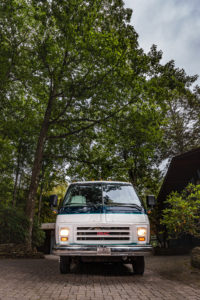
“The opportunity came along to run Benco’s entire design department,” she says. By that point, she had tired of designing big hospital spaces for projects that could span many years. She became CenterPoint Design Manager for Benco in August 2017, overseeing architects, designers and space planners at the company’s showrooms in Pennsylvania, Texas and California. “It’s gratifying because you work closely with clients and conclude their projects on a much more succinct timeline,” she says. “Whether because of my husband, or just because of the special relationships dentists have with their patients, designing dental environments has become my favorite thing I’ve done.”
Sprau says her experience designing hospital units applies seamlessly to dental practices. “We apply the same patient knowledge to reduce anxiety and empower patients to be participants in their care,” she explains. “At the same time, it’s equally about the caregivers. This is probably the most meaningful job a person can have, so as designers, we need to do everything in our power to make it as easy as possible.”
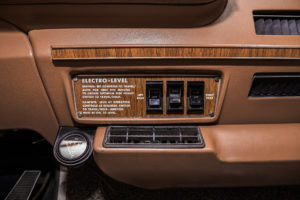
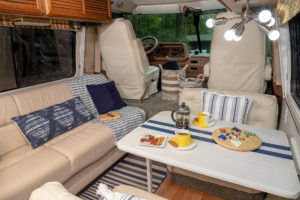
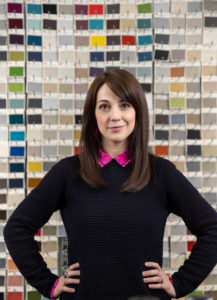
No wonder GMC Motorhome owners happily invest considerable sums to keep their survivors on the road. “You know that you’re never going to get back the money you put in,” Sprau says, “but the reward is the experience, the good times, the memories. Hopefully we’re helping preserve that for future generations.”
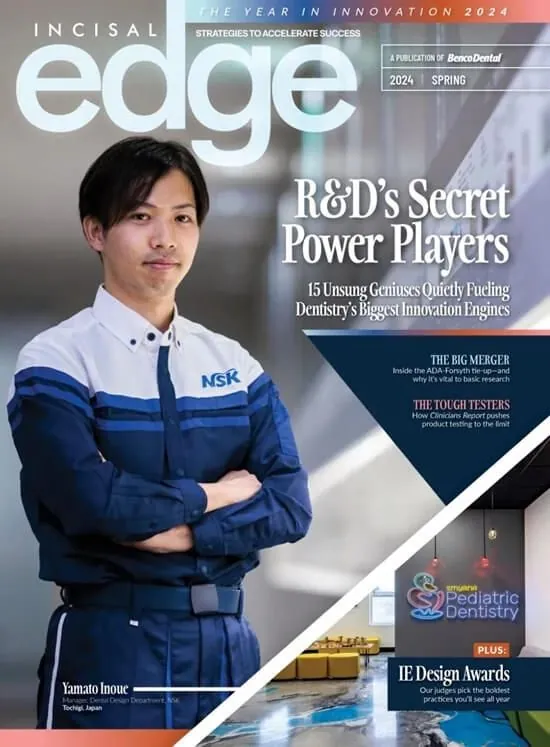


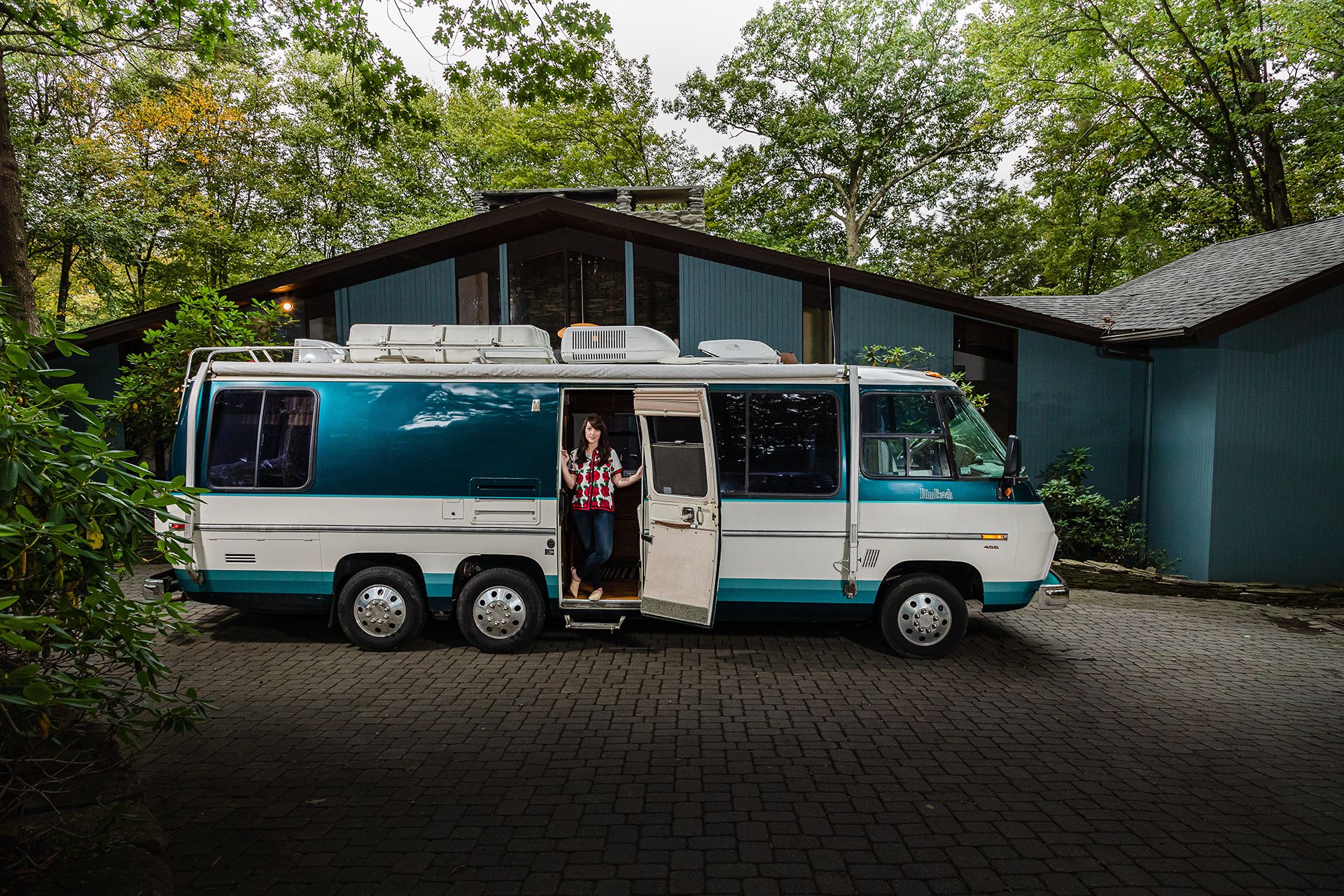
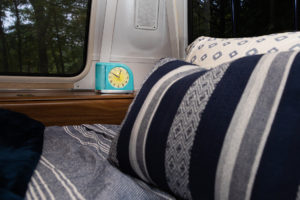 The Motorhome reminds us that the travel itself is the entertainment: seeing the country, meeting new people, reconnecting with nature and each other.”
The Motorhome reminds us that the travel itself is the entertainment: seeing the country, meeting new people, reconnecting with nature and each other.”
